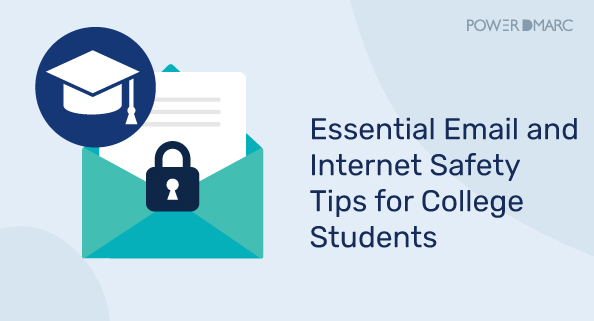Essential Email and Internet Safety Tips for College Students
Reading Time: 5 min
Your email is one of the most important digital assets and identities because it helps you create accounts on other platforms. It is also the central internet communication tool in academic institutions and colleges. According to an analysis by Sprinto, cyber attacks in educational institutions rose by 75% in the last year. Keeping your emails away from hackers will reduce your threat exposure on many other digital platforms, adding a layer of security in the face of surging cyber attacks.
Securing your email requires you to pay attention to your passwords, gadgets, and the links you engage with. The places you share the email will also either expose you or keep you away from danger. Here are critical email safety insights every student should consider when in college and beyond. But why are college students frequently targeted by identity thieves?
Why are College Students Frequently Targeted by Identity Thieves?
College represents a perfect storm for cybercriminals. Students juggle countless logins across sites and apps. Most use one or two gadgets for everything. From social to financial accounts, it’s all there. That spells out vulnerability.
Many also embrace info-sharing in this always-on era. Digital oversharing, though, hands data to hackers. Details like addresses, numbers, security answers—a fraudster’s dream.
There’s perception too. Cybercrooks assume students have casual security. Weak vigilance or underusing protections like two-factor authentication, for example. So students appear to be an easy bullseye.
The sheer volume doesn’t help either. Colleges have tens of thousands of potential targets all in one place. For identity thieves, it’s open season on campus.
PowerDMARC’s report on the state of email authentication adoption found that 48.1% of the analyzed .edu domains were not protected against email abuse. Furthermore, 26.4% of the analyzed .edu domains didn’t even have preliminary authentication protocols like SPF implemented. This proved that several well-known organizations in academia still lack basic defenses against email impersonation and abuse, reiterating the need for email safety awareness among educational…


